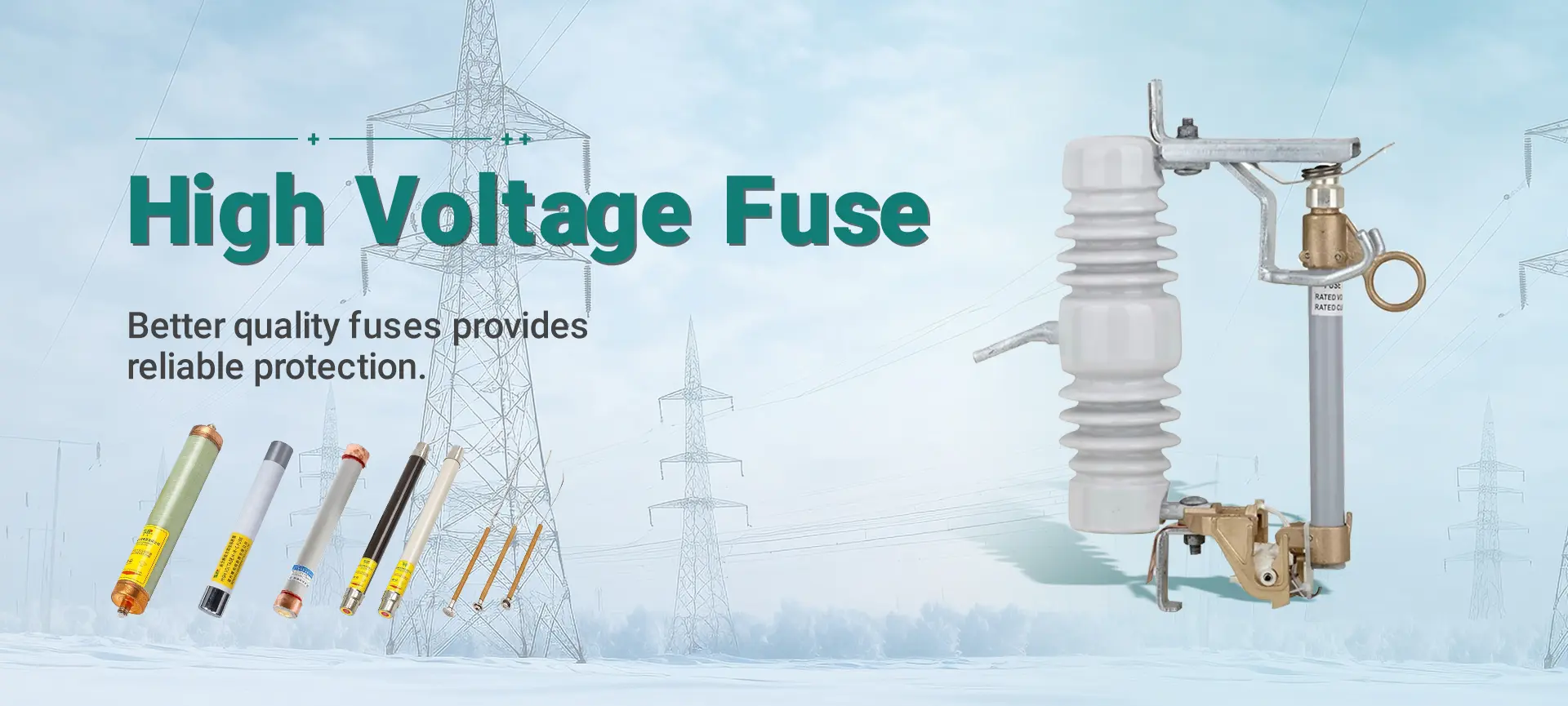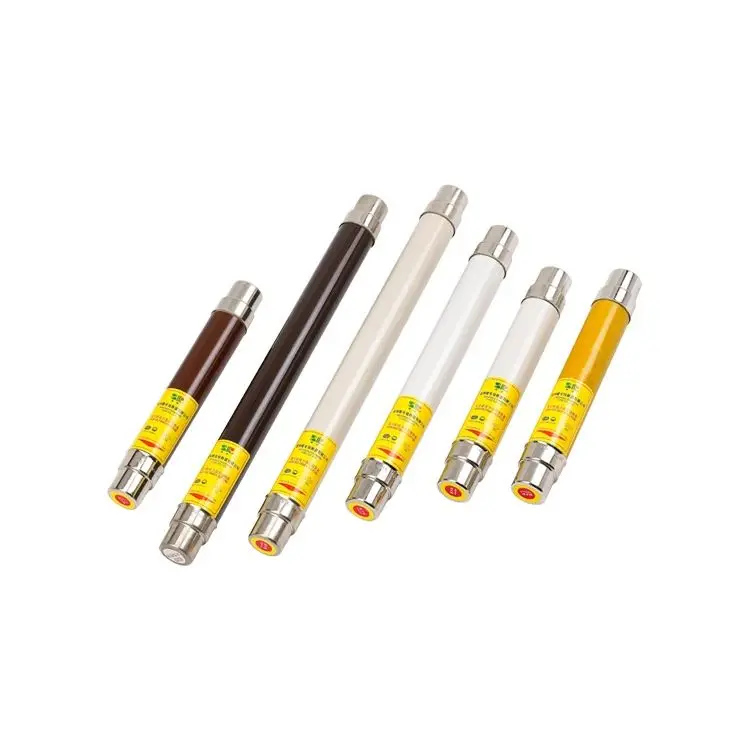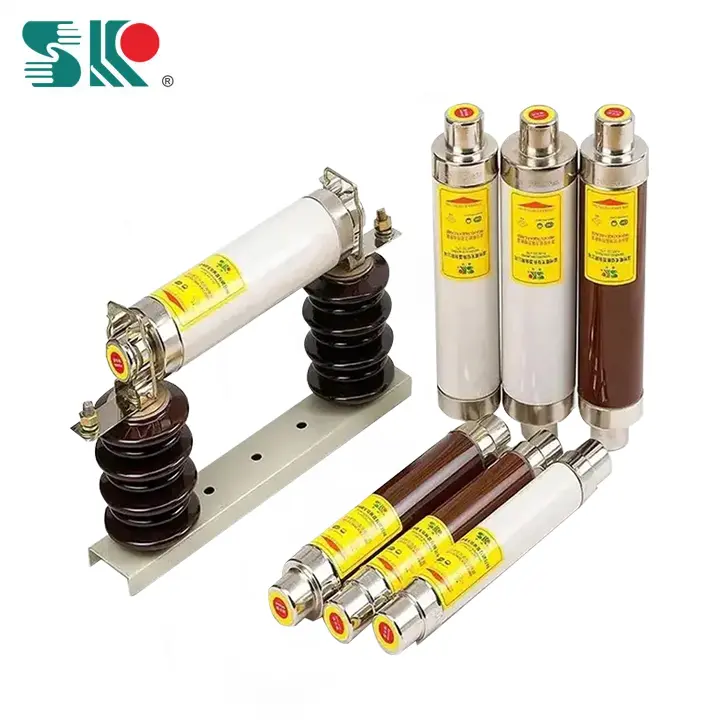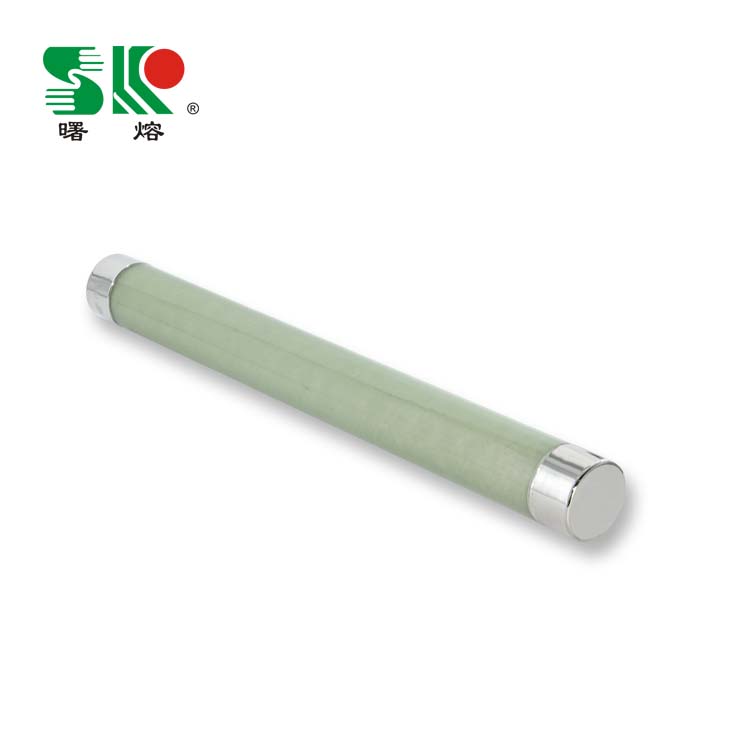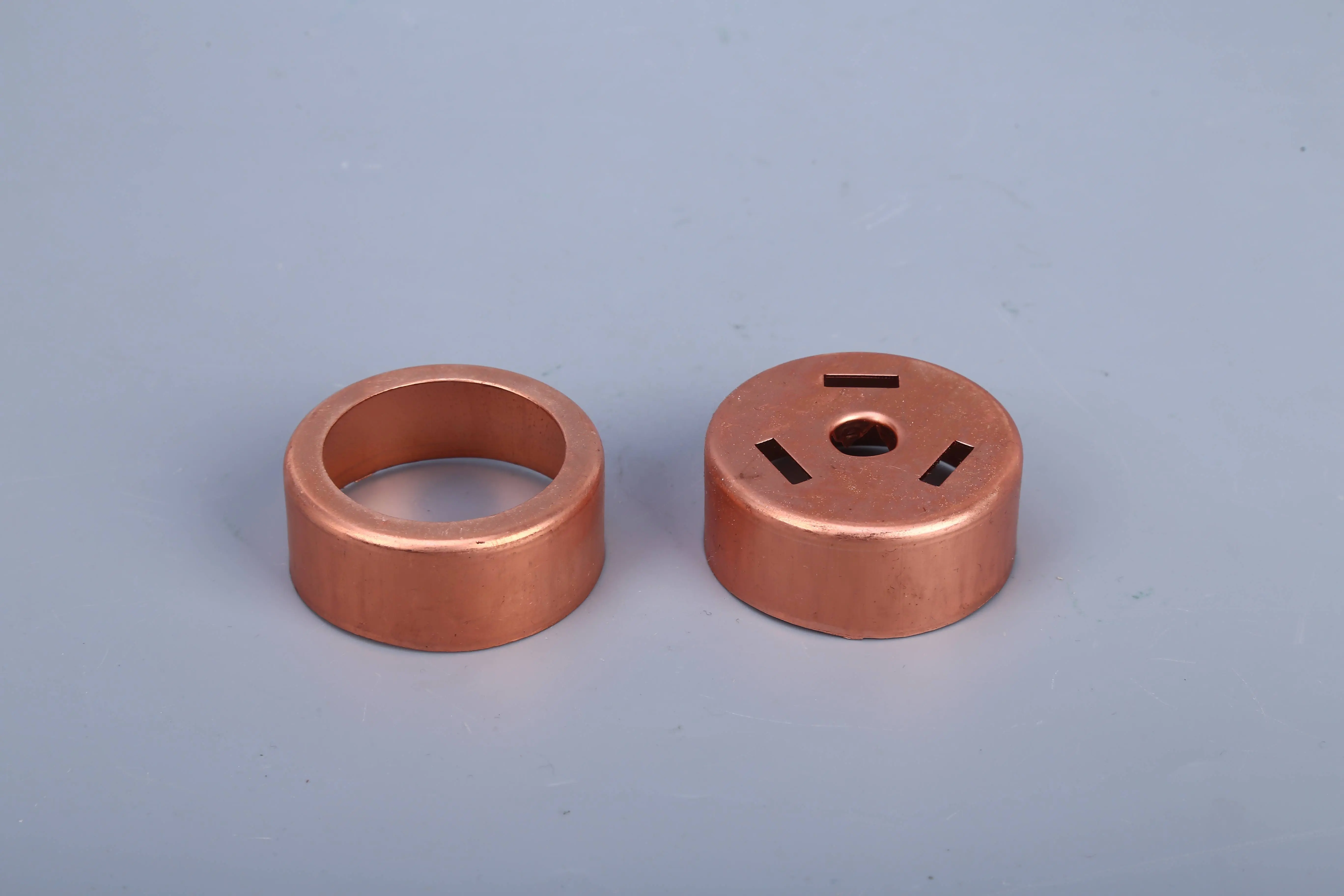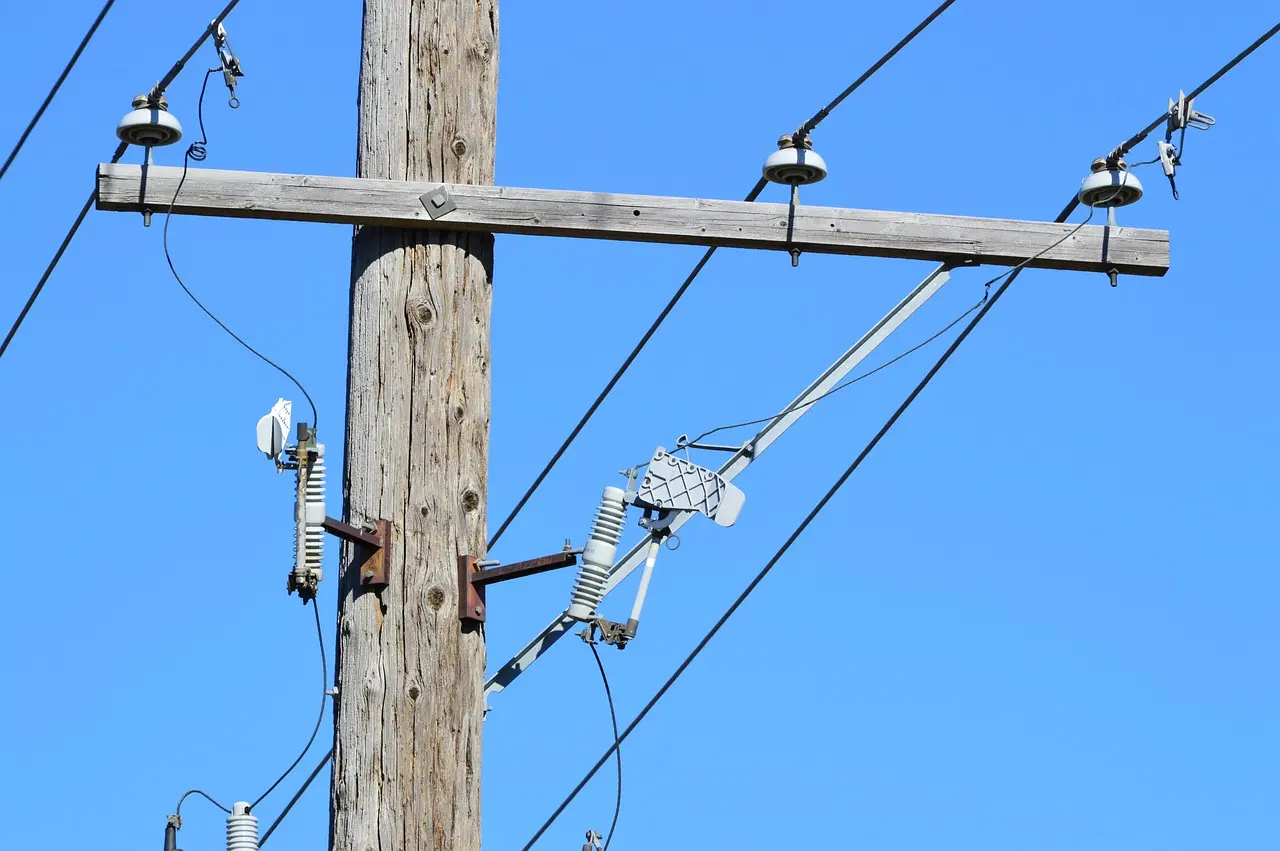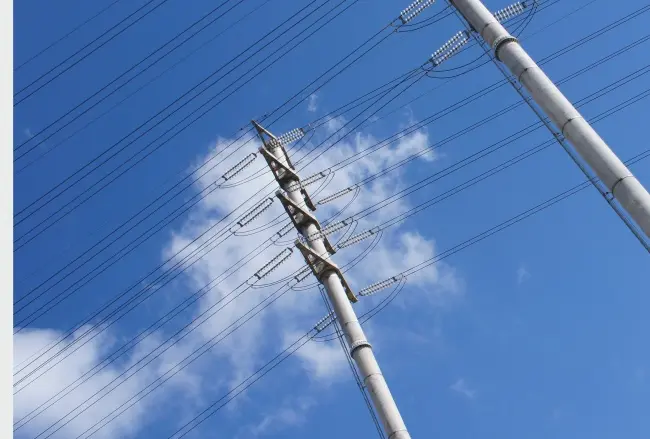Factors affecting the quality of drop-out fuse cut out
Drop-out fuse Cut Out, also known as fuses, are important components in electrical distribution systems. They are designed to protect systems from overcurrent and short circuits by interrupting the current flow when it exceeds a specific threshold. The quality of drop-out fuses is critical to the safety and reliability of electrical systems. There are several factors that affect the quality of a Fuse Cut Out, and understanding these factors is critical to ensuring the proper operation of your electrical distribution system.
One of the main factors that affects the quality of a Fuse Cut Out is the materials used in its construction. The fuse element responsible for carrying and interrupting current is usually made of materials such as silver, copper or aluminum. Material selection can significantly affect a fuse's performance and reliability. Silver, for example, is known for its excellent electrical conductivity and corrosion resistance, making it a popular choice for fuse elements in high-quality fuse cut out. On the other hand, using inferior materials can lead to premature failure and reduced protective capabilities.
Another key factor that affects the quality of a fuse cut out is the design and construction of the fuse housing. The fuse housing must be rugged and able to withstand environmental factors such as temperature changes, humidity and mechanical stress. A well-designed enclosure should provide adequate insulation and protection for the fuse element while allowing efficient heat dissipation during normal operation. Additionally, the housing should be resistant to aging and degradation to ensure the long-term reliability of the fuse cut out.
The performance of a fuse cut out is also affected by the characteristics of the breaking mechanism. When an electrical system fails, the fuse must be able to interrupt the current quickly and effectively to prevent equipment damage and ensure personnel safety. The design of the arc extinguishing mechanism, including the arc extinguishing system and mechanical linkage, plays a critical role in achieving reliable and consistent fuse operation. Factors such as arc voltage, arc duration, and contact corrosion must be carefully considered to optimize the performance of a fuse cut out.
In addition to the design and construction of a fuse cut out, the quality of the manufacturing process also has a significant impact on the overall performance and reliability of the fuse. Precision manufacturing techniques, strict quality control measures, and compliance with industry standards are critical to producing high-quality drop-out fuses. Any deviation or defect in the manufacturing process can compromise the integrity of the fuse and lead to potential failure in the field. Therefore, manufacturers must prioritize quality assurance and testing to ensure that each drop-out fuse meets required performance and safety standards.
Additionally, environmental factors such as pollution, humidity, and UV exposure can affect the performance and service life of drop-out fuses. These factors can cause insulation degradation, metal component corrosion and mechanical wear, ultimately affecting the fuse's reliability. Therefore, the correct selection of materials, coatings and protective measures is crucial to mitigate the effects of environmental factors and ensure the long-term performance of drop-out fuses under various operating conditions.
In summary, the quality of a drop-out fuse is affected by a variety of factors, including material selection, design and construction, interrupting mechanism, manufacturing process, and environmental considerations. By addressing these factors and ensuring compliance with industry standards, manufacturers can produce high-quality drop-type fuses that provide reliable protection for power distribution systems. Additionally, regular maintenance and inspection of drop fuses is critical to identify any potential issues and ensure their continued performance and safety in the field.





